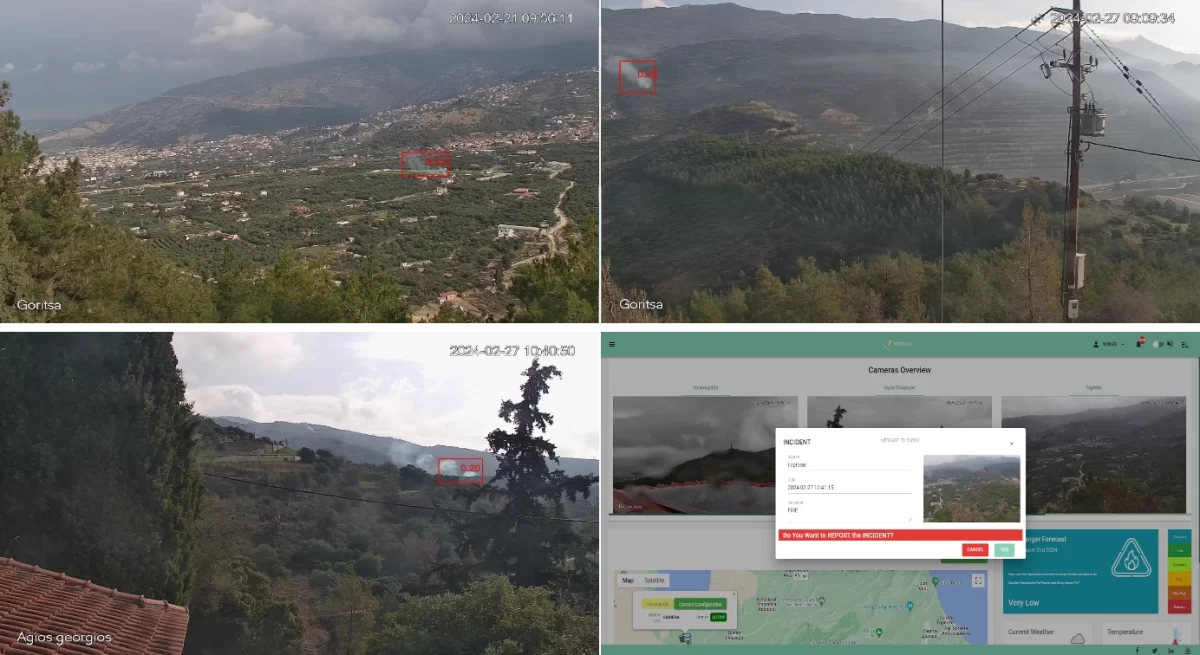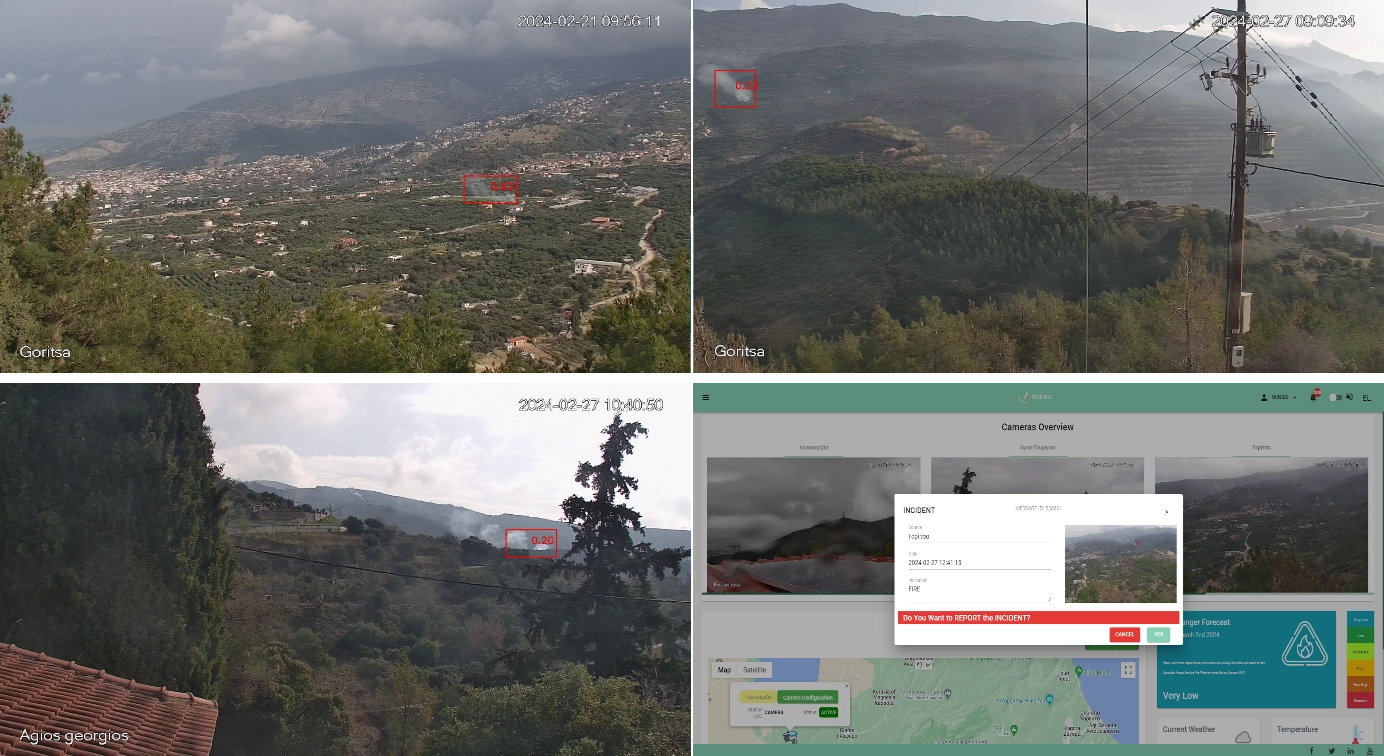Published on 04/03/2024
Urban forests are not only valuable green spaces within cities but also critical components of urban ecosystems, providing numerous environmental, social, and economic benefits. Each year many cities across every continent face wildfires occurring in urban, peri-urban or rural areas that pollute the atmosphere. Frequent and severe fires exacerbate climate change, contribute to loss of life, biodiversity and property, and threaten the health of our planet. They can also have serious economic consequences for industries which rely on forests such as timber and paper. In this article under the broader theme of ‘Smart Cities – Livable Cities’, we explore how a smart fire detection technology system works and how it can assist city officials with forest fire prevention.
Forest Fire Economics
Statista reports that during the first 8 months of 2023, the cost of wildfires in Europe reached an estimate of $4.1 billion. Greece alone suffered the most damage, with a cost of $1.7 billion. It is worth noting that 80% of Greece’s annual fire budget is spent on fire suppression while only 20% of its annual fire budget is spent on fire prevention according to WWF-GR. Making communities and natural habitats more resilient to wildfires requires a comprehensive, pro-active and well-coordinated fire prevention strategy by governments and civil protection officials. A study conducted by World Bank in collaboration with the European Commission showed that €1 invested in wildfire prevention saves €10 in damage. The role of advanced technology as part of this strategy in safeguarding urban green spaces is of paramount importance. Emerging technologies can be a significant ally for monitoring, prevention and early detection, especially in fire prone regions, enabling local authorities to take timely action.
How Smart Fire Detection Technology Works
Advanced smart fire monitoring systems such as AIRWINGSplus by WINGS ICT Solutions form an integral part of a city’s fire management strategy (Figure 1). AIRWINGSplus is a comprehensive technology solution, which combines Internet of Things (IoT), cellular connectivity and Artificial Intelligence (AI) for the live monitoring, measurement, and management of wildfires. IoT forms the foundation of our smart fire detection solution. Smart sensors are deployed throughout urban forests, measuring and analyzing real-time data on several ambient factors that are affecting air quality including but not limited to gasses like carbon monoxide and carbon dioxide, particulates such as ash, and environmental variables like temperature, pressure, and wind among others. These smart IoT sensors, which cover a sizeable range from 3 to 10km, can immediately detect an anomaly, for example, smoke or an abnormal temperature, that could signal a potential fire outbreak. The sensors are used in conjunction with hybrid cameras (thermal and optical) , which enable the live surveillance of urban forests to verify and evaluate a fire and pinpoint its exact location and intensity. Collected data (sensor data and video streams) is continuously transmitted through existing wireless telecommunications infrastructure.

Figure 1: Wildfire Prevention System (AIRWINGSplus)
In addition to the hardware components, software is also a critical component of the AIRWINGSplus solution. Leveraging Artificial intelligence (AI) and machine learning, our patented technology enables the processing and analysis of large volumes of data collected from various sources, including sensors and cameras. The AI algorithm not only observes and analyzes the data to identify patterns and yield actionable insights but also predicts the possibility of a future fire with great accuracy, for instance, the likelihood of a fire caused by weather conditions on a given day. Additionally, the platform warns relevant authorities when a fire is starting by sending immediate alerts. Enhanced detection can lead to timely intervention before a fire is out of control (Figure 2). AIRWINGSplus is already deployed in several locations and countries including Greece, Croatia, Denmark, Italy, Germany, and Lithuania.

Figure 2: An example of AIRWINGSplus deployment in Central Greece for remote real-time monitoring and early incident warning.
In conclusion, by prioritizing innovation, city officials can create safer and more resilient urban environments for the future generations. Collaboration between local authorities, city officials, digital transformation teams and technology providers is crucial for the successful implementation of preventative measures and smart fire detection systems in urban forests. All key stakeholders must work hand-in-hand to deploy solutions that are tailored to the unique challenges of urban environments.
For more information, contact WINGS ICT Solutions.



